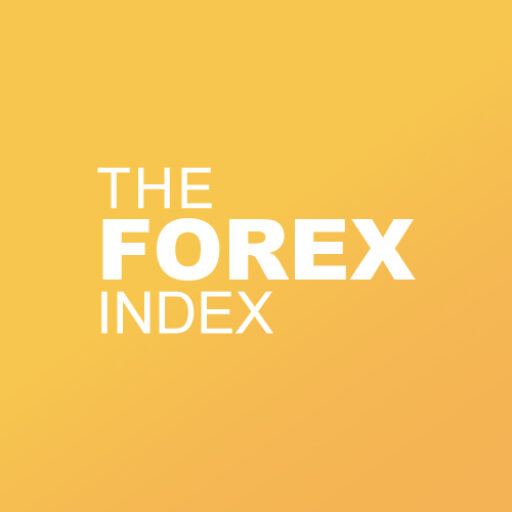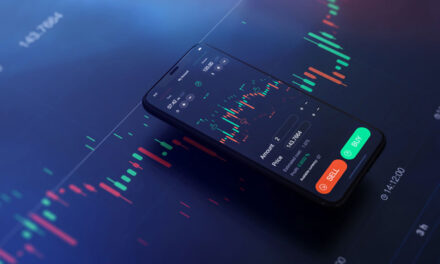As the world’s largest financial market, the foreign exchange (Forex) market attracts countless individuals, firms, and nations worldwide. The allure of potentially massive profits draws newcomers daily, but understanding Forex trading’s intricate mechanics is crucial to achieve true success. In this comprehensive guide, we will delve into how Forex trades are executed and the pivotal role that Forex brokers play in this global marketplace.
Introduction to Forex Trading
Forex trading is the simultaneous act of buying one currency while selling another. This process hinges on exchange rates, which continually fluctuate due to an assortment of economic variables. These variables range from geopolitical events and economic data reports to the global interest rates.
The Mechanics of Forex Trading: Execution of Trades
Forex trading is primarily speculation on the future price movements of currency pairs. When placing a trade in the Forex market, you’re predicting whether the value of one currency will increase or decrease relative to another.
Currency Pairs in Forex Trading
Every Forex trade involves a currency pair, such as EUR/USD or GBP/USD. The currency pair consists of the base currency (first currency) and the quote currency (second currency).
Bid, Ask, and Spread: Decoding the Prices
In Forex trading, three significant figures determine the cost and potential profit of trades: the bid price, the ask price, and the spread. The bid price represents the highest price a trader is willing to pay for a currency pair, while the ask price is the lowest price at which a trader agrees to sell. The spread is the difference between the bid price and the ask price, which essentially translates to the cost of the trade.
Leverage and Margin: Amplifying Trades
Leverage and margin are two fundamental concepts integral to Forex trading. Leverage allows traders to control larger positions with a smaller amount of money. The leverage ratio represents the amount of capital the broker is willing to lend the trader.
Margin, on the other hand, is the initial deposit required to open and maintain a leveraged position. It is a good faith deposit that a trader must provide to their broker, ensuring they can cover the potential losses of the trade.
Role of Forex Brokers in Facilitating Trades
Forex brokers are an essential cog in the Forex trading machine. They not only provide the platforms that traders use to buy and sell currencies but also offer various services to enhance the trading experience.
Providing Access to the Forex Market
Forex brokers serve as intermediaries between the retail Forex market — where individual traders like you and I participate — and the interbank Forex market, where banks trade among themselves and set the exchange rates.
Offering Leverage to Traders
Brokers provide traders with leverage, which allows them to trade larger positions than their account balance would typically permit. It’s a potent tool, but it can also increase the potential for substantial losses.
Facilitating Execution of Trades
Forex brokers handle all aspects of executing trades. They provide real-time price quotes, facilitate trade entry, manage stop orders, limit orders, and much more. They essentially provide the infrastructure needed for traders to navigate the Forex market.
Educating Traders
An often-overlooked role of Forex brokers is education. Many brokers offer a wealth of educational resources to help traders understand the market and develop their trading skills. This content can range from articles, webinars, video tutorials, and even personalized coaching sessions.
Forex Trading Strategies and Risk Management
Entering the Forex market armed only with basic knowledge of how trades work isn’t enough. Traders also need to understand and implement Forex trading strategies and risk management techniques to be successful.
Fundamental Analysis and Technical Analysis
Two primary analysis methods used by Forex traders are fundamental analysis and technical analysis. Fundamental analysis involves evaluating a country’s economic indicators to determine currency value, while technical analysis involves studying price charts and using statistical metrics to predict future price movements.
Risk Management in Forex Trading
Risk management is crucial in Forex trading. It involves setting stop-loss orders to limit potential losses, diversifying your portfolio, and only risking a fraction of your trading account on a single trade. Without effective risk management strategies, a trader can quickly blow their account and suffer significant losses.
Key Takeaways and Actionable Insights
Understanding the mechanics of Forex trading and the critical role that Forex brokers play are fundamental prerequisites for success in this global market. Here are some actionable insights for aspiring traders:
-
Learn about Forex: Take time to understand the Forex market’s inner workings, including how trades are executed, the role of Forex brokers, and how to analyze the market.
-
Choose the Right Broker: The broker you select can significantly influence your trading experience. Choose a broker who offers a user-friendly platform, competitive spreads, excellent customer service, and a wealth of educational resources.
-
Develop a Trading Strategy: Learn and adopt Forex trading strategies that align with your financial goals and risk tolerance.
-
Implement Risk Management: No matter how good your trading strategy is, without proper risk management, you stand to lose a significant part of your investment. Always use risk management tools like stop-loss orders and diversify your trades.
-
Practice: Use a demo account to practice your strategies and understand the market better before investing real money.
Forex trading is a journey that offers immense opportunities and significant risks. With the right knowledge, a solid trading plan, and a reliable broker, you can navigate the Forex market successfully and profitably. Start your Forex trading journey today!






